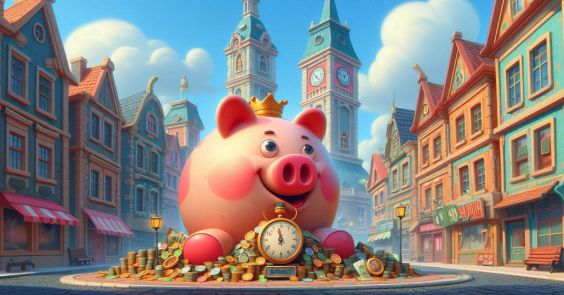
Fiscal Responsibility: Striking a Balance in Waxhaw’s Budget
Fiscal responsibility is a cornerstone of good governance. In Waxhaw, a growing and vibrant community, managing financial resources efficiently is critical to supporting both present and future needs. However, recent budgetary trends raise important questions about whether we are aligning our spending growth with realistic and sustainable economic conditions.
A Closer Look at Waxhaw’s Budget Trends
Last year’s budget was 9% larger than the previous year, and 31.5% higher than two years ago. These increases have often been justified by citing population growth and inflation. While such factors undoubtedly play a role, the data tells a more nuanced story. Waxhaw’s estimated yearly population growth is about 4%, and inflation hovers around 3.5%. Together, these factors suggest a combined fiscal pressure of roughly 7.5% annually. This leaves a gap that raises questions about what’s driving additional spending.
Since 2020, Waxhaw’s average yearly budget increase has been 11.5%, far outpacing both population growth and inflation. To provide context, nearby Charlotte—a much larger city with its own growth challenges—has managed an average yearly budget increase of only 5.6% during the same period. This stark contrast highlights an opportunity for Waxhaw to evaluate its spending patterns and ensure alignment with fiscal best practices.

The Importance of Fiscal Prudence
Fiscal responsibility isn’t just about controlling spending; it’s about ensuring that every dollar serves the community effectively and equitably. While a growing population requires investment in infrastructure, schools, public safety, and other critical services, unchecked budget growth can strain taxpayers and jeopardize long-term financial stability.
In Waxhaw, strategic financial planning should aim to:
- Ensure Spending Aligns with Growth: With a yearly growth rate of approximately 4%, budget increases should reflect actual population and economic expansion rather than exceeding them.
- Benchmark Against Peers: Comparing Waxhaw’s financial practices to those of nearby municipalities like Charlotte can provide valuable insights into achieving efficiency without sacrificing service quality.
- Prioritize Transparency: Engaging residents in budget decisions and clearly communicating spending priorities fosters trust and accountability.
- Invest in Future-Proof Solutions: Initiatives such as enhancing wastewater facility capacity—an ongoing challenge for our community—should be carefully planned to meet both current and future demands.
A Path Forward
Waxhaw’s recent budget trends underscore the need for a balanced approach to financial planning. By critically examining expenditures, avoiding unnecessary increases, and focusing on sustainable growth, we can ensure that our community thrives while remaining fiscally sound.
As council members and residents, let’s commit to stewardship that prioritizes long-term prosperity over short-term gains. By doing so, we’ll create a Waxhaw that future generations will be proud to call home.
References
Waxhaw Budgets
Charlotte Budgets
